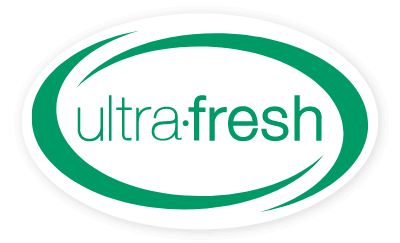Updated March 10, 2020
Antimicrobial additives have long been used in the textile industry, to the benefit of consumers and manufacturers alike. With the multitude of options available to consumers, having products made using antimicrobial textiles offers freshness protection.
The Benefits of Antimicrobial Textiles
More Durable
Textiles with an antimicrobial finish prevent degradation caused by bacteria, mold, and mildew. This leads to products lasting longer, providing value to consumers.
Prevents odors
Bacteria and certain microbes cause not only wear and tear to textiles but also unpleasant odors and staining. Antibacterial textiles help to lessen that and are particularly useful with clothing and products that are exposed to sweat and humidity.
Stays cleaner for longer
In many industries, especially healthcare, having antimicrobial textile products that help to minimize microbes is a huge benefit. Not only will it cut down on the time spent cleaning, antimicrobial textiles will also help to keep items such as privacy curtains and upholstery, cleaner in between regular scheduled cleaning.
Better for the environment
Textiles treated with antimicrobials have increased longevity. Slowing the cycle of products going to landfills and also the need to manufacture new replacement items, helps to reduce our overall carbon footprint. In addition, since antimicrobial textiles require fewer washes, less water and detergent are being sent down the drain which is also kinder to the environment.
If you are a resident of the USA, please see our regulatory statement. The Environmental Protection Agency does not allow dust mite claims for items treated with antimicrobial products.
Reduces dust mite populations
Select antimicrobial agents have been proven to reduce dust mite populations in treated goods. To learn more about how, please read our blog titled "Dust Mites: What They Are and How to Prevent Them".
Industries that Benefit from Antimicrobial Textiles
Pretty well any industry that uses textiles benefits from antimicrobials, including:
- Healthcare Industry – Antibacterial textiles are used in anything from masks and scrubs to window coverings and bedding, keeping them cleaner for longer
- Apparel – Antimicrobial textiles used in clothing such as undergarments, socks, and sports gear prevent embarrassing odors from developing before they begin
- Military – Items such as uniforms, tents, and parachutes remain cleaner and won't break down as a result of fungal growth, saving the military time and money
- Housewares – Bedding, towels, upholstery and other household fabrics are improved when antimicrobial textiles are used
How Are Antimicrobial Textiles Made?
Antimicrobial additives are incorporated during the manufacturing process. There are a few different ways antimicrobials are added to textiles, most of which can be done without any added or special equipment. These can include:
- Coating
- Padding
- Exhaustion
- Foaming
- Extrusion
Ultra-Fresh antimicrobial additives for textiles also work well with synthetic fibers and non-woven textiles. For more information on how Ultra-Fresh can help keep your textiles fresher, check out ourTextile and Non-Woven Fabrics Information page.
Ultra-Fresh in Action
Watch our time lapse video of nonwoven fabric during antifungal testing using the AATCC Method 30 (Aspergillus niger test organism).
The untreated sample (right) becomes covered in growth while the Ultra-Fresh treated material (left) remains cleaner and free of fungal growth after the 7 day incubation period.
Other interesting articles:
- Antimicrobial Socks: What Are They and Why You Need Them
- Dust Mites: What Are They and How to Prevent Them
- What is the Difference Between Antimicrobial and Antibacterial?
- More blog articles...
Learn more about us or contact us for more information.
